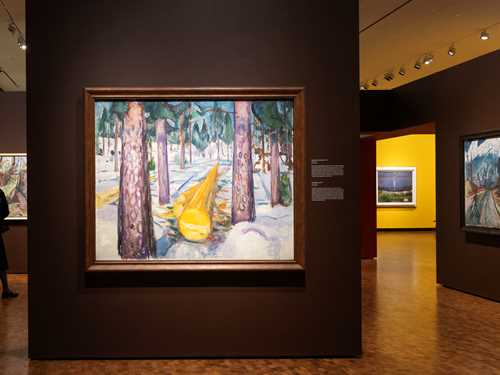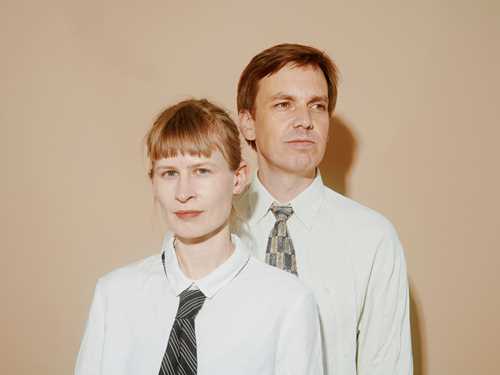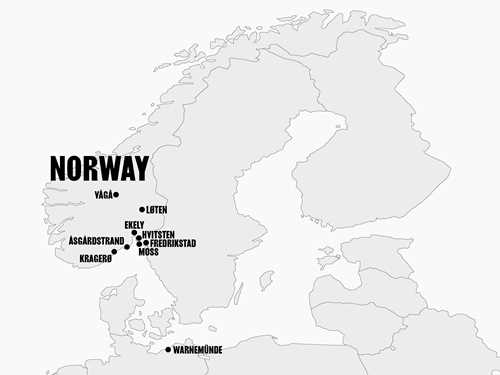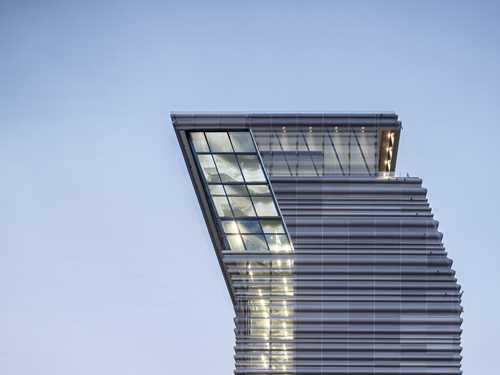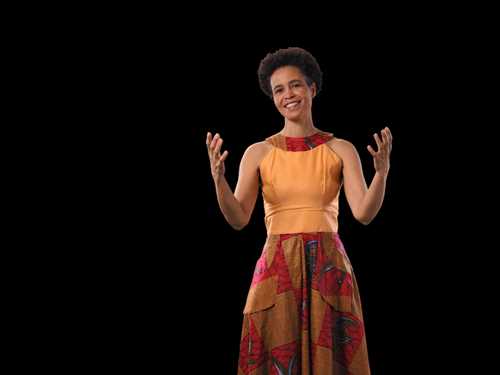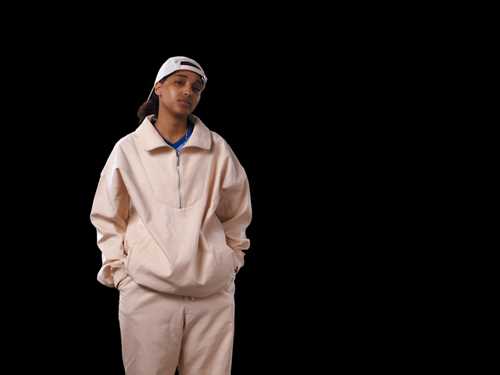– When you enter this room, you are inside the piece
In the final room of Trembling Earth, a textured electronic work accompanies Edvard Munch’s original versions of the paintings that ended up on the walls of the University Aula (assembly hall) in Oslo. This is Let Me Be Forever Animal by Norwegian artist Helge Sten (aka Deathprod), a sound work commissioned especially for this space in the exhibition. Here he talks about developing a work to match Munch’s cosmic vision.

Helge Sten (aka Deathprod). Photo: Kim Hiorthøy
MUNCH: What was your starting point for making this sound piece, and how did you begin to make a musical connection with Edvard Munch’s Aula motifs?
Helge Sten: The project was coloured by my experience of the finished paintings in the Aula, where they are hanging. The Aula feels like a church – classical architecture married with something more modernistic. I wanted to go back and work with some music where I was able to see these images afresh, and have a different experience. That was the key for how I came to make the music I did. There’s so much history and conventions within that space that it kind of destroyed my ability to see the imagery as it should be seen. I had to take ownership of how I perceive these images.
What kind of sounds did you use in order to separate the images from this familiar setting?
HS: The main character of all this is basically due to digital processing, utilizing mid-70s music studio technology. Music equipment that has various faults, artefacts and strangeness. The sounds have a very organic life of their own. I often end up in a very different place from the initial ideas, which is where it starts to get exciting for me. When I don't understand what this music is. I like that. There have also been some restrictions on sound pressure levels inside the space, due to vibrations and the delicate works. So I had to also find a way to work with this whole piece which would work on the main level, but still have the emotional impact that it should have.
The piece lasts for 30 minutes, which is much longer than originally planned?
HS: Yes, it became clear quite early, because often a piece of music has a sort of story; a beginning, a development and an ending. That's not how I wanted to incorporate music in this context with the images. Because there's so many works in the room, I didn't want to put a kind of conclusive audio piece to this. It's more like a free space to explore. People can be in there for two minutes and leave, or you can stay for the full 30 minutes. You can step in and out.
Did Edvard Munch’s cosmic view of the world and nature play a part in shaping your piece?
HS: This part of his work hasn’t really been too much in the open. I think that is interesting and it's quite easy to connect that to musical processes in general.
What has perhaps been more important to me is one of the first motifs he delivered for the competition for the Aula: The Human Mountain, which the jury refused. It’s an image that doesn’t seem to have been so influenced by the nature of the commission, or by the somewhat overwhelming presence of the Aula space.
Did you have to consider the presence of your music in the physical space of the art gallery? It can be a balancing act to keep the sound in the public’s head without drowning the visual artworks.
HS: That's always an issue, I think. It's a very fine line when you do these kinds of projects, because the images don't really need sound or music. You have to establish a different form of space. What was important for me was that when you enter this room, you are inside the piece, you're not looking at something from a distance – it's like you're actually inside it. That should ideally be the experience.
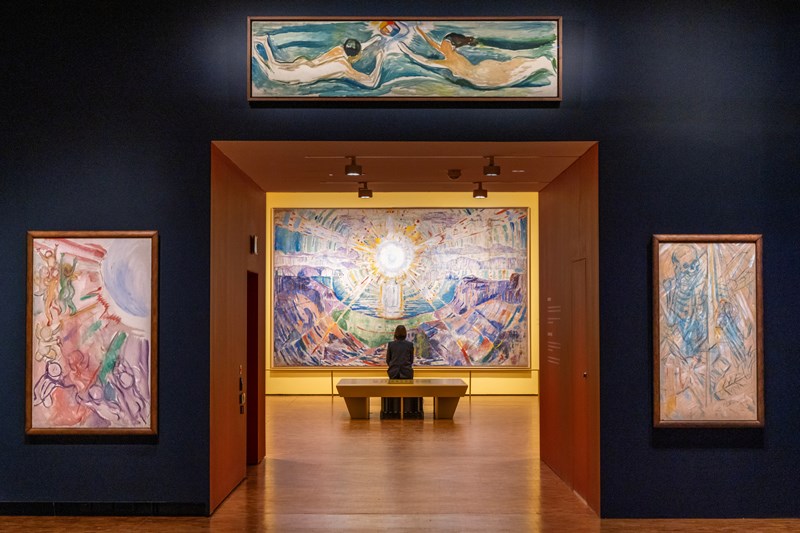
Photo: Ove Kvavik © Munchmuseet
